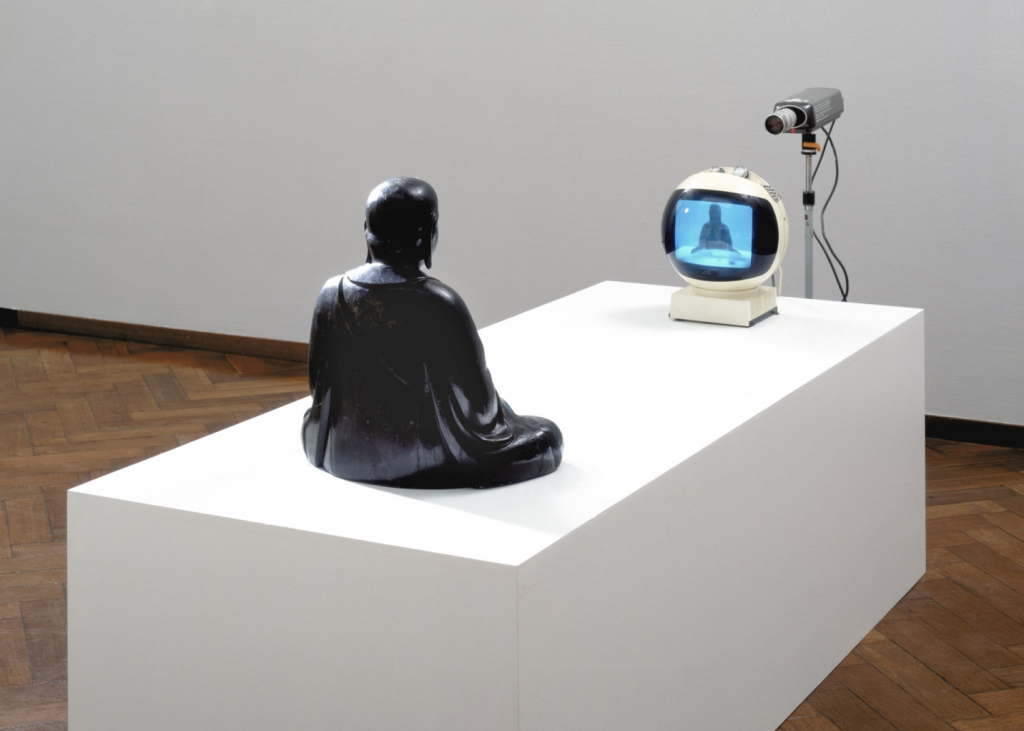In trying to decide what to write about this week, my eyes fell over the newly released game from Niantic and Nintendo, Pikmin Bloom. While the release has seemingly gone largely unnoticed, it does make me think back to Niantic’s prior massive success with the critically-acclaimed Pokémon GO. By now even people living under rocks have heard about the massive phenomenon that is Pokémon GO. In today’s blog, I’d like to take a closer look at both Pokémon GO and Pikmin Bloom and explain why these games are both socially and technologically significant.
One Week of World Peace
“One week of world peace”, that is how some players from Pokémon GO’s first launch recently referred to the game. Having been part of the initial launch, I can see what was meant by this. A massive number of players took to the streets, walking together, making friends, chatting, all while slinging Pokéballs at the Pokémon they were trying to catch in their games. Later down the week, after people started to unlock and get the hang of the competitive aspects of the game, namely the Gyms, groups started forming around the three teams in the game; Valor, Instinct, and Mystic (my team is and shall always be Mystic). Then, a year or two after the game’s launch, Niantic introduced Raid Battles, encouraging players to band together at specific locations at specific times and work together to fight and subsequently catch powerful and rare Pokémon. All-in-all it has been one of the most social, and therefore also special, games in recent memory.
While Pikmin Bloom is not nearly as culturally relevant yet, given it’s part of a much lesser-known franchise compared to the behemoth that is Pokémon, it is clear Niantic intends to let players have the same experience as with Pokémon GO, but in a different way. This game is much less competitive, and instead encourages players to go on walks or go jogging, planting flowers, growing Pikmin and collecting fruits and seeds on their way. Using the game’s features, you can see other people going around walks on the map as well, allowing players to meet up and interact on their journeys. In a day and age where people stay inside a lot in fear of the virus, this game tries to encourage people to go outside and enjoy the world around them.
Pushing the Envelope of Augmented Reality
Something both Pokémon GO and Pikmin Bloom have in common is that Niantic has implemented groundbreaking AR technology in both games for the sake of making the game feel extra special. The in-game map in both games is identical to a map of the world you’d find on Google Maps, a 1:1 replica of your surroundings. Using location tracking, as you move around the streets and roads of whatever place you’re in, your character in the game will move along accordingly. This is your one and only method of moving to places in the game and interacting with them. Furthermore, you can even use your camera to take AR-enhanced pictures in the game. By letting your camera scan its surroundings and identify surfaces and objects, you can have Pokémon and Pikmin alike walk around your desk, or even in the palm of your hand (sadly only on your phone screen, you can’t have a real Charizard yet).
And as I mentioned before, both games incentivise players to get off the couch and go outside, to be healthy by getting in some exercise and walking about. Having played both games myself, I can attest to the effectiveness of this method, as back then with the release of Pokémon GO, and now once again with Pikmin Bloom, I notice I go out for walks much more and much longer than before. Not only that, but I find I enjoy it more too, as it feels more like it has a profound effect, besides being good for your health. This is, in my opinion, a great example of how gamification can help us improve ourselves both mentally and physically, but that’s a topic for another day.



Recent Comments